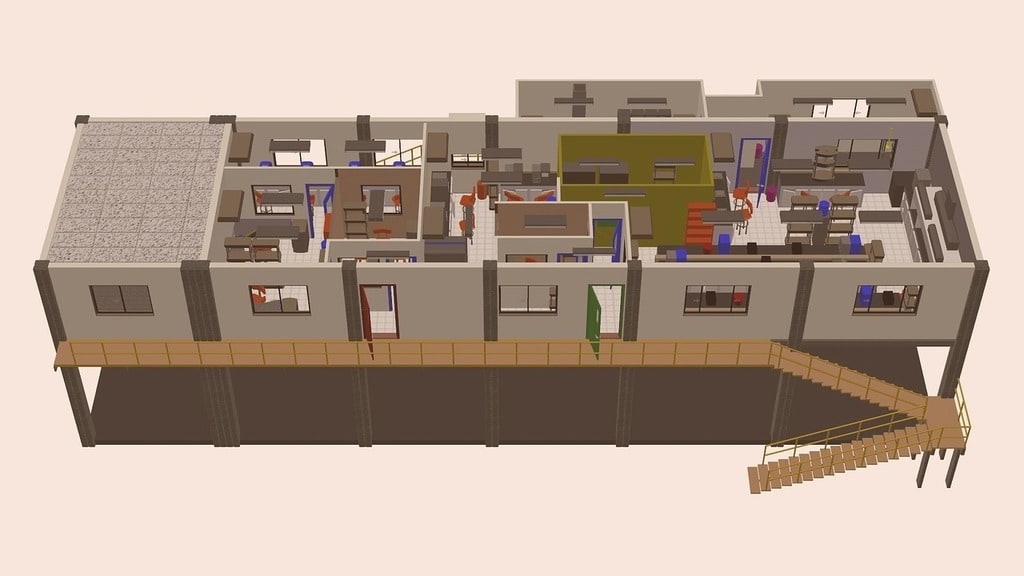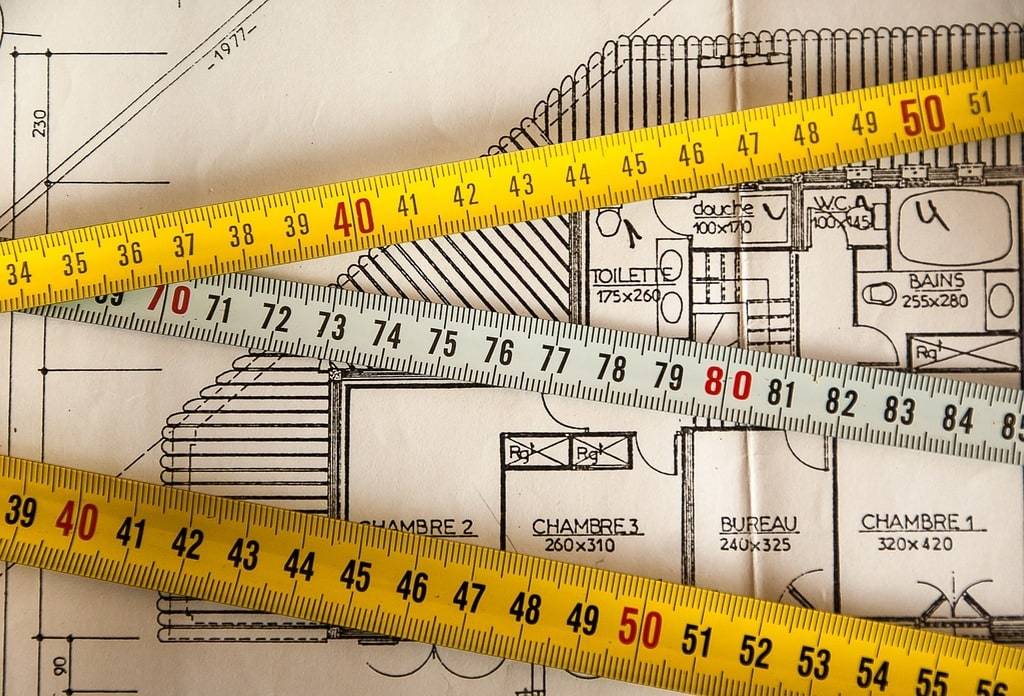Eco-friendly design strategies are gaining prominence as more industries recognize the urgent need for sustainable solutions in response to climate change and resource depletion. Embracing sustainable design practices helps reduce environmental impact and creates products and spaces that enhance the well-being of users. This approach requires innovative thinking, a commitment to efficiency, and an understanding of how design choices affect the environment. By integrating sustainable practices, designers can create functional and aesthetic solutions that contribute to a greener future.
Innovative approaches to eco-friendly design
Sustainable design involves prioritizing materials, processes, and technologies that have minimal impact on the environment. One of the most effective strategies is the use of recycled and renewable materials. Recycled materials, such as reclaimed wood, recycled metal, and repurposed plastics, reduce the demand for new resources and minimize waste. Renewable materials, like bamboo, cork, and hemp, grow rapidly and can be sustainably harvested, providing a long-term, eco-friendly alternative to conventional options.
In addition to material choice, energy efficiency plays a vital role in sustainable design. Energy-efficient systems and technologies help reduce the overall energy consumption of a product or building. Designers can integrate passive energy systems—such as natural ventilation, daylighting, and thermal insulation—to reduce reliance on artificial lighting and heating. This not only conserves energy but also reduces costs and improves comfort levels for users.
Another innovative approach is modular design, which allows for the reuse, repair, and replacement of individual components without discarding the entire product. Modular designs are particularly beneficial in furniture and electronic industries, where broken parts can be easily replaced, extending the product’s lifespan and reducing waste.

Utilizing the principles of life cycle assessment
Life cycle assessment (LCA) is a process that evaluates the environmental impact of a product or building over its entire lifespan, from raw material extraction to disposal. By examining each phase of the life cycle, designers can identify areas where environmental impact can be minimized. For example, choosing low-impact materials at the production stage can significantly reduce pollution and energy use. Additionally, the LCA process often reveals that the usage phase—when the product or building is actively in use—can account for a substantial portion of the total environmental impact.
Applying LCA principles allows designers to make informed choices that reduce long-term environmental effects. For instance, focusing on durability and longevity in design can help ensure that products and structures remain functional for extended periods, thus reducing the need for replacements. This approach aligns with the principles of the circular economy, which aims to keep products and materials in use for as long as possible.
Designing for disassembly and recyclability
Design for disassembly (DfD) is a strategy that enables products to be easily taken apart at the end of their life, so that components can be recycled, reused, or composted. DfD principles are increasingly applied in industries such as furniture and electronics manufacturing, where products are often discarded after minor components fail. By designing with disassembly in mind, designers can ensure that each part of a product has a sustainable end-of-life option.
To incorporate DfD, designers use non-toxic adhesives and fasteners that allow components to be separated without damaging them. This approach promotes circularity by ensuring that materials are either biodegradable or recyclable, reducing landfill waste. DfD also encourages consumers to view products as investments that can be maintained and reused, rather than as disposable items.
Energy-efficient technologies and systems
Energy efficiency is a cornerstone of sustainable design. Reducing the energy consumption of buildings and products minimizes greenhouse gas emissions and decreases dependence on non-renewable energy sources. One effective method is incorporating renewable energy sources like solar panels and wind turbines, which provide clean energy and reduce the environmental impact of traditional energy sources.
For buildings, integrating smart energy management systems can further optimize energy use. These systems automatically adjust lighting, heating, and cooling based on occupancy and environmental conditions, creating adaptive spaces that consume energy only when necessary. Additionally, energy-efficient appliances, LED lighting, and insulation materials contribute to the overall energy performance of a building, resulting in both environmental and economic benefits.
Here are some eco-friendly strategies that designers can consider to reduce energy consumption and improve sustainability :
- Prioritize renewable energy sources, such as solar or wind, for powering buildings and devices.
- Use energy-efficient materials, such as low-emissivity glass, to enhance insulation.
- Design with passive solar principles to maximize natural lighting and heating.
- Select appliances and fixtures with low energy requirements, certified by organizations like Energy Star.
- Incorporate energy management systems to optimize energy use based on real-time needs.
Each of these strategies emphasizes the importance of efficient energy use, supporting the transition to more sustainable, low-impact designs.
Water conservation techniques in sustainable design
Water conservation is an essential aspect of eco-friendly design, particularly in areas prone to drought or water scarcity. Sustainable design promotes water-saving technologies, such as low-flow fixtures, rainwater harvesting systems, and greywater recycling. These technologies not only conserve water but also reduce the overall demand on local water resources.
Integrating xeriscaping—a landscaping approach that requires minimal water—is also an effective way to reduce water usage in outdoor spaces. Xeriscaping uses drought-resistant plants and efficient irrigation systems to create attractive landscapes that thrive without excessive water consumption. For indoor spaces, designing with plants that require minimal watering and integrating water-efficient systems ensures sustainable water use.
Choosing sustainable materials and finishes
Selecting sustainable materials is one of the simplest ways to create eco-friendly designs. Many natural materials, such as wool, cork, and bamboo, are both biodegradable and renewable, making them ideal choices for sustainable projects. Non-toxic finishes are equally important, as they ensure that materials remain safe for users and the environment over time.
Designers can further enhance sustainability by choosing locally sourced materials. Locally sourced materials reduce the carbon footprint associated with transportation and support regional economies. Sustainable finishes, such as water-based stains and low-VOC (volatile organic compound) paints, also contribute to healthier indoor air quality, making them ideal for sustainable design projects.
Engaging consumers in sustainable design choices
Sustainable design does not end with the designer’s choices; it extends to consumer awareness and behavior. Educating consumers about sustainable practices helps them make informed decisions, whether purchasing eco-friendly products or adopting sustainable habits. Clear labeling, transparent information about materials and processes, and guidance on maintenance and disposal allow consumers to take part in sustainability efforts.
This emphasis on consumer engagement builds a sense of responsibility and encourages the adoption of sustainable design principles. As eco-friendly practices continue to evolve, consumer awareness will play a critical role in the shift toward a more sustainable and environmentally conscious world.
